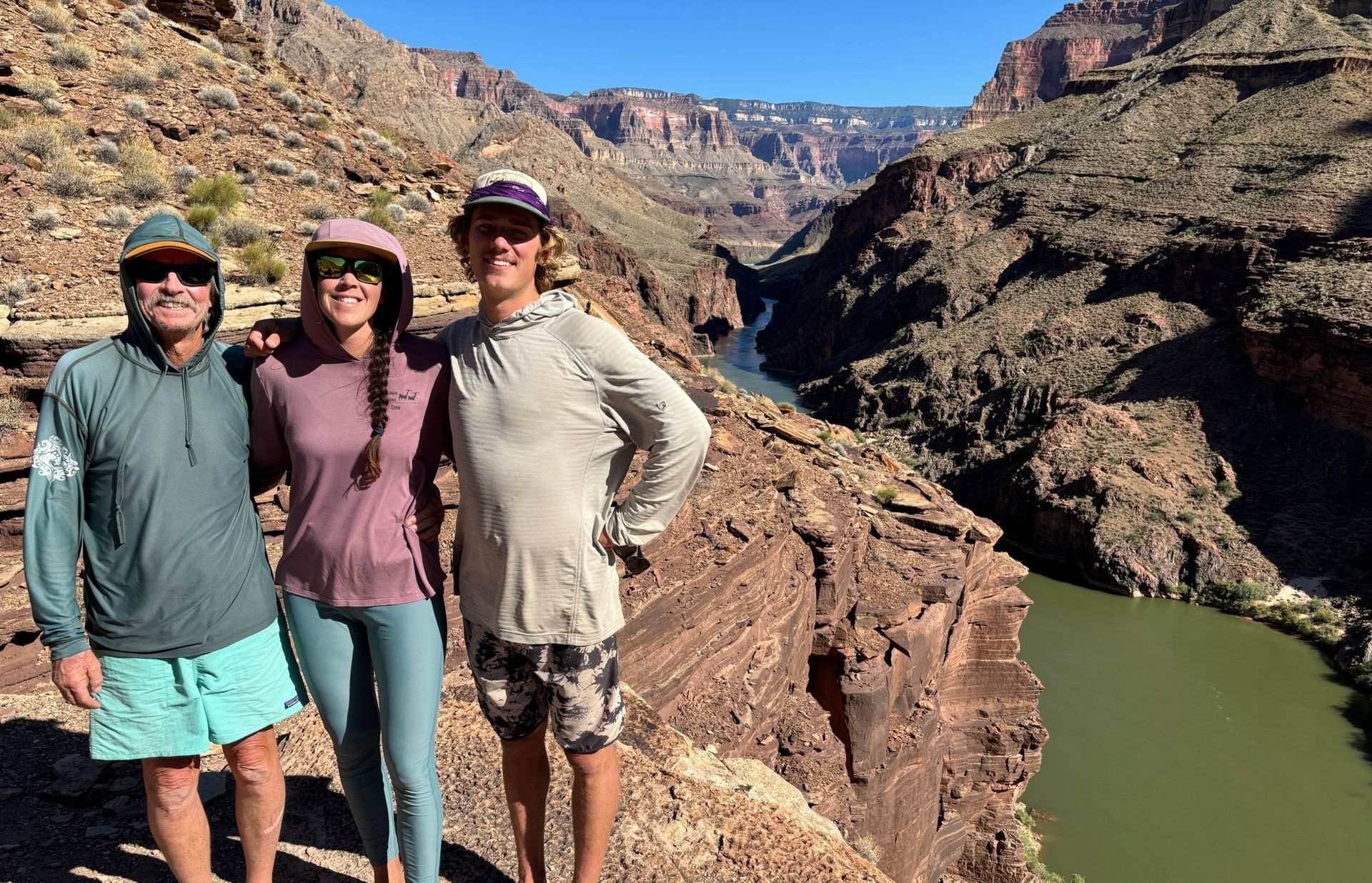About
The Grand Canyon: Fun Facts

The Grand Canyon: Nature’s Greatest Masterpiece
Want some Grand Canyon fun facts? The Grand Canyon is one of the Seven Natural Wonders of the World. Europeans first saw the Grand Canyon when Hopi guides, whose people had been living in the area for generations, led members of the Coronado Expedition to it in 1540. In 1869, Major John Wesley Powell led the first successful expedition down the Colorado River the full length of the Grand Canyon.
Designated a national monument in 1908, the Grand Canyon became a national park on February 26, 1919. The Grand Canyon's spectacular scenery encompasses 1,900 square miles.


277 Miles of Majesty: Grand Canyon Facts You May Not Know
The Grand Canyon, as the course of the Colorado River twists through it, is 277 miles in length from end to end.
Its narrowest width, at Marble Canyon, is only 600 yards across. In contrast, its average width from rim to rim is 10 miles across. At its widest, the Grand Canyon spans 18 miles.
The average depth of the Grand Canyon is one mile. The elevation of the South Rim is 7,000 feet above sea level, while the elevation of the North Rim is 8,100 feet.
Running from Colorado's Rocky Mountains to the Gulf of California, the Colorado River is 1,450 miles long. Within Grand Canyon National Park itself, the Colorado River's 277 miles flow at an average speed of four miles per hour. The river's average width is 300 feet across, although it narrows to only 76 feet wide at mile 135, where the river, 85 feet deep, is also at its deepest. On average, the Colorado River within the Grand Canyon is 40 feet deep.
In addition to its geologic wonders, the Canyon contains outstanding biological diversity, containing five of the seven life zones, including Lower Sonoran, Upper Sonoran, Transition, Canadian and Hudsonian, which is the equivalent of traveling from Mexico to Canada. It is home to numerous rare, endemic (found only at Grand Canyon), and threatened/endangered plant and animal species. The park contains over 1,500 plant species, 355 bird species, 89 mammalian species, 47 reptile species, 9 amphibian species, and 17 fish species.
There are 11 tribes that have historic connections to the lands and resources now found within Grand Canyon National Park: Havasu'baaja
Havasupai Tribe – AZ,
Hopi Tribe – AZ, Hwal'bay
Hualapai Tribe – AZ, Nungwu
Kaibab Band of Paiute Indians – AZ,
Las Vegas Paiute Tribe – NV,
Moapa Band of Paiute Indians – NV, Diné
Navajo Nation – AZ,
Paiute Indian Tribe of Utah – UT,
San Juan Southern Paiute Tribe – AZ, A:shiwi
The Pueblo of Zuni – NM, and Yavap'e - Nṉéé
Yavapai-Apache Nation – AZ.

Important Resources
Check the Weather
If you have good information about the weather you can bring the required gear to make even the most inclement of elements enjoyable. We have provided you with weather information for the beginning area of the trip as well as the ending area. Careful study of these Page Arizona and Overton Nevada will provide you with an idea of the type of weather you can expect.
Fishing: Arizona Fishing License
If you want to fish while you are on the river you will need to purchase an Arizona fishing license. You can use this link to get one before your trip. When the trip departs Las Vegas there is not a stop where fishing licenses are sold.
Flights: Grand Canyon Scenic Airlines
Flights: How to book flights, rental cars, hotels, shows, Las Vegas Grand Canyon Tours and more through Grand Canyon Scenic Airlines.
Tours: Papillon
Grand Canyon Tour Information and Reservations by Papillon.
Visitor Center: Explore The Canyon Exhibit
Located in Grand Canyon, Arizona, at the south rim entrance of the Grand Canyon National Park, the National Geographic Visitor Center is your must-stop first stop before visiting the ‘rim of the world'.
National Park Service: The Grand Canyon
This site will take you to the Grand Canyon National Park, located on the South Rim. For information on the sunrises and sunsets and the phases of the moon.... pending your expedition with Grand Canyon Expeditions.
River Flows: USGS
These are weekly "river flow charts" of the Colorado River through the Grand Canyon. This site will take you to the "cubic feet per second" of the river. You can check the C.F.S before your expedition with us.




